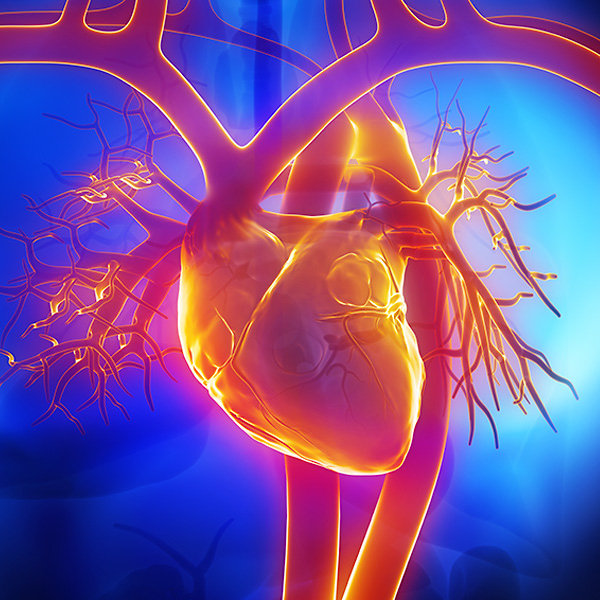Catheter Ablation (Cardiac Ablation)
Radiofrequency Energy to Treat Heart Rhythm Disorders
Cardiologists at Loyola Medicine are expert at performing catheter ablations as a means of treating cardiac arrhythmias. Prolonged heart arrhythmia can cause life-threatening symptoms. Ablations are one of the many ways doctors at Loyola can correct your condition if it cannot be corrected with medication.
Cardiac ablation, also known as radiofrequency ablation, is a procedure that uses radiofrequency energy to destroy the heart tissue that is causing the irregular heartbeat. Cardiac ablation is most often used to treat supraventricular tachycardia (SVT). It can also be used to treat other cardiac arrhythmias, such as atrial fibrillation and atrial flutter. Atrial fibrillation treatment by cardiac ablation is conducted in one of two ways:
- Cryoablation — Extreme cold is used to destroy the abnormal heart tissue causing atrial fibrillation. This is a newer ablation technique that uses compressed nitrogen that circulates through the catheter.
- Radiofrequency ablation — Heat energy is used to destroy the atrioventricular (AV) node facilitating passing of electrical impulses between the heart's atria and ventricles. This then requires implantation of a permanent pacemaker to regulate the heart rhythm.
Once the abnormal tissue in the heart is destroyed, the heart will resume its regular rhythm.
Why Choose Loyola for Catheter Ablation?
Loyola specialists are the first in the Chicago area able to perform magnetically guided catheter ablation, which treats atrial fibrillation using a technique that exposes you to less radiation than traditional catheter treatments.
Loyola serves as a major regional and national referral center for the treatment of complex rhythm disorders, offering treatment options often unavailable elsewhere. Our skilled team of leading electrophysiologists, advanced practice nurses, technical staff, imaging experts and other professionals provide an integrated approach to the diagnosis and treatment of a variety of rhythm disturbances and their associated underlying conditions.
What to Expect with Catheter Ablation
Catheter ablation is a minimally invasive procedure that is performed in Loyola’s cath lab. Light sedation is offered and a local anesthetic is used to numb the catheter insertion site, usually the groin, neck or arm. Using advanced imaging techniques, an ablation catheter is then threaded through the blood vessels leading to the heart.
Sometimes a transseptal catheterization technique is used to access the left atrium of the heart. The abnormal heart tissue causing the condition is then destroyed (ablated) with a high energy pulse.
Magnetically guided catheter ablation is completed in an electrophysiology laboratory equipped with advanced imaging equipment. Light sedation is given and a local anesthetic is used to numb the catheter insertion site—usually the groin, neck or arm.
A softer, specially designed catheter that is gentler on the heart than a standard catheter is guided through the blood vessels leading to the heart by two computer-controlled magnets, one on each side of the body. Pivoting magnets are used to pull the catheter in the desired direction, allowing electrophysiologists to guide the tube exactly where it needs to go within the heart with millimeter accuracy. The abnormal heart tissue causing the condition is then destroyed (ablated).
What are the Risks of Catheter Ablation?
Atrial fibrillation management with catheter ablation has very few risks to you. The most common problems result from the use of the catheters and can include:
- Bleeding
- Blood clotting
- Blood vessel damage
- Heart damage, in rare instances

Request an Appointment
Loyola Medicine heart and vascular specialists have the experience and technology to treat the most difficult cardiac and vascular conditions. Schedule an appointment today.
Schedule a Telehealth Appointment
